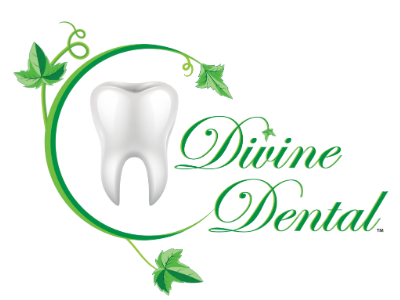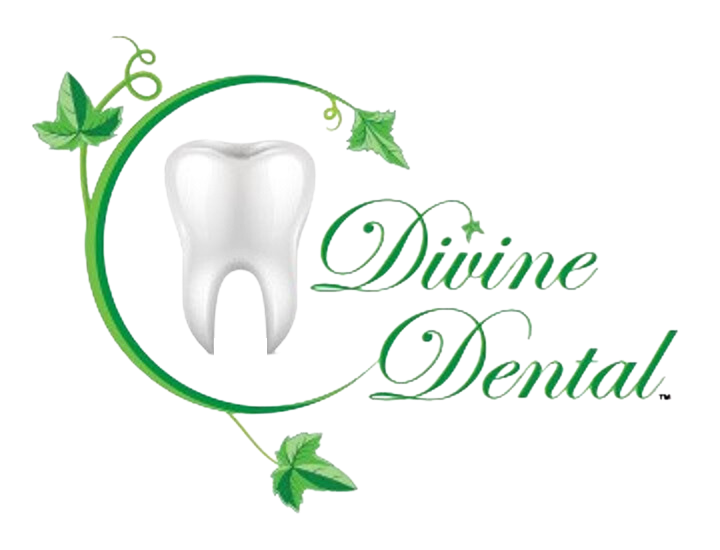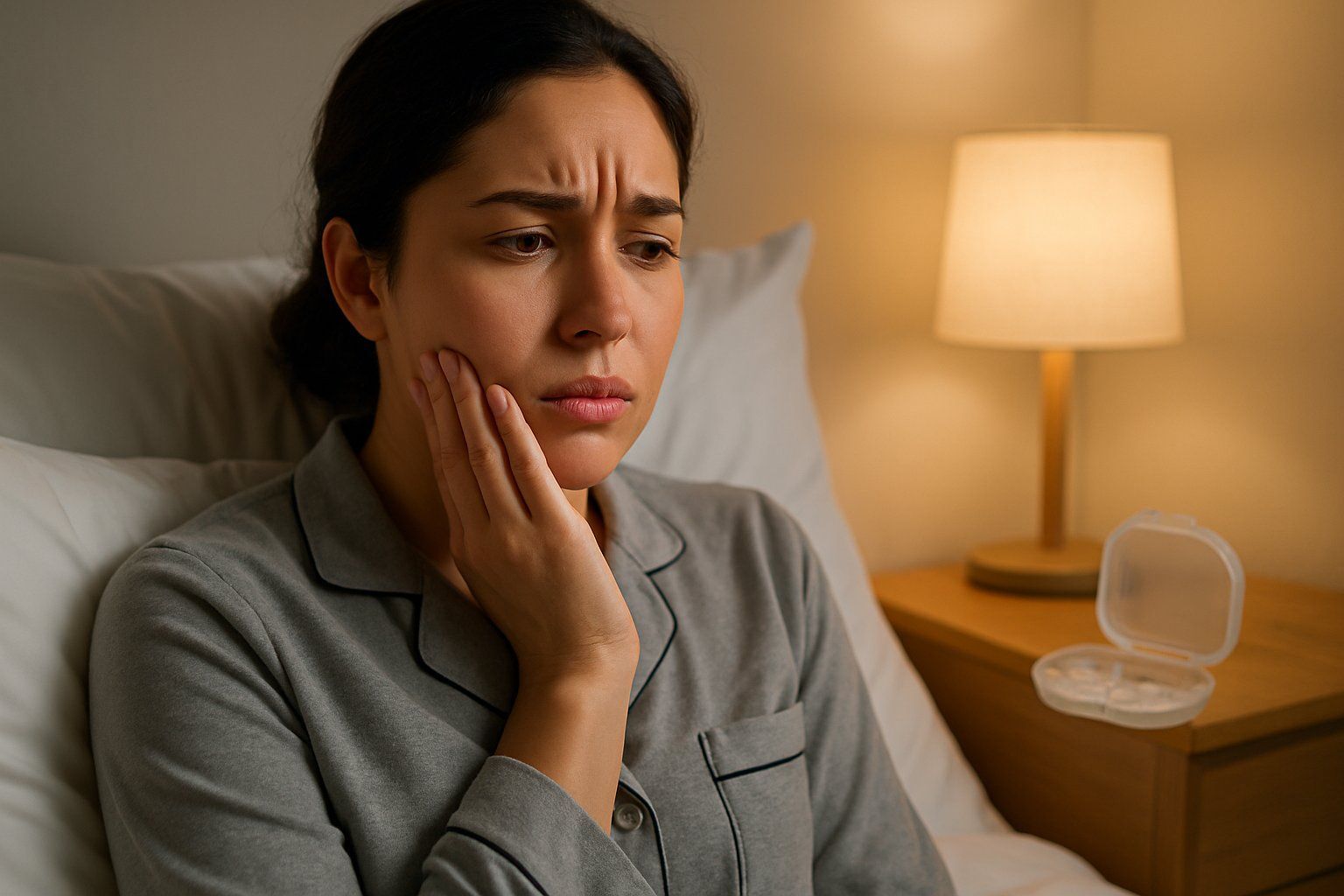How to Get a Brighter Smile: Effective Tips for Enhancing Your Teeth’s Whiteness
Achieving a brighter smile is a common goal that can enhance one’s appearance and boost self-confidence. A person’s smile is often one of the first things noticed by others, making it a significant aspect of their overall image. Discoloration of teeth can occur for several reasons, including diet, oral hygiene, and certain lifestyle choices. Understanding the underlying causes of teeth staining is the first step towards reversing the effect and obtaining a whiter smile.
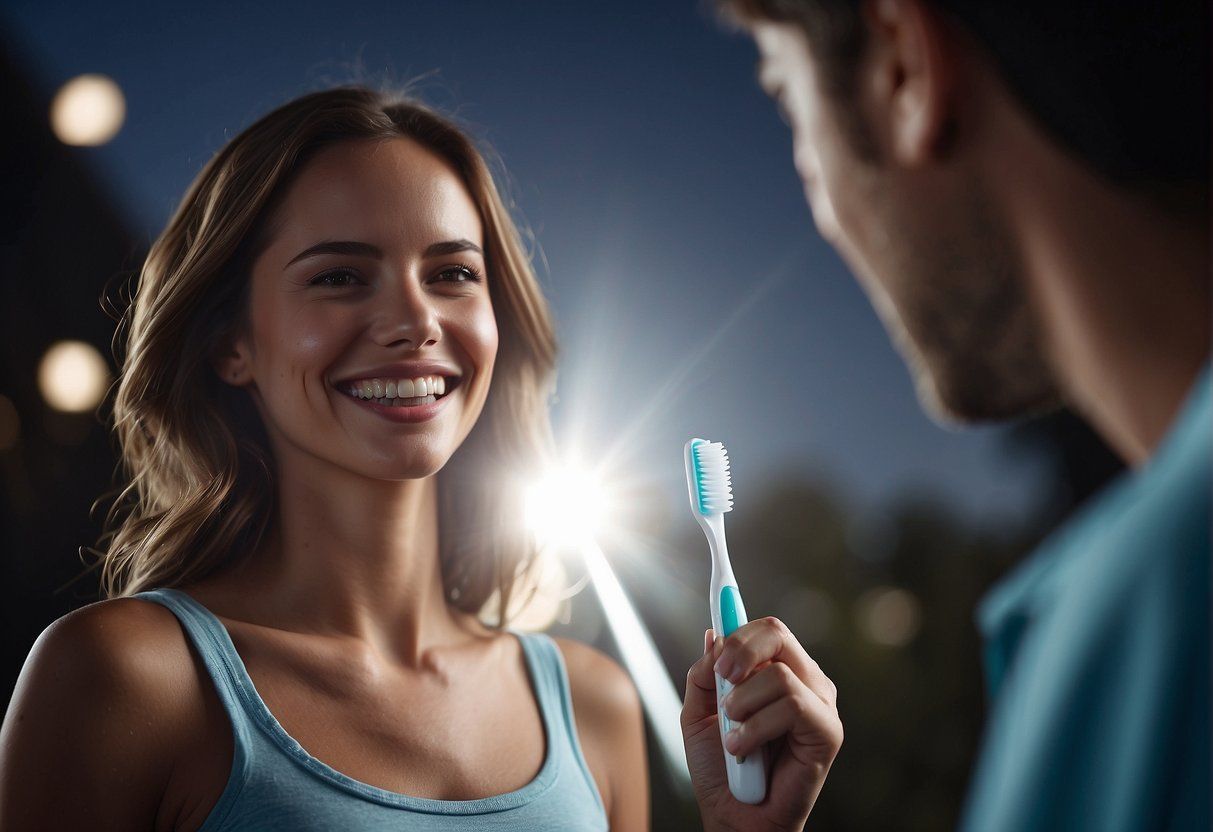
Daily oral hygiene plays a critical role in maintaining a bright smile. Brushing twice a day, flossing regularly, and using mouthwash can prevent the build-up of plaque that leads to discoloration. For those seeking immediate results, over-the-counter teeth whitening products and professional dental treatments are available options. Moreover, making lifestyle adjustments such as limiting stain-inducing foods and beverages, avoiding tobacco use, and getting regular dental cleanings can contribute to the preservation of a naturally white smile.
Maintaining the results involves a long-term commitment to oral health practices and possibly periodic touch-ups, whether at home or via professional means. As with any dental procedure, understanding the risks and precautions associated with different teeth whitening methods ensures safe and effective outcomes. The goal of this article is to provide a comprehensive overview of achieving and sustaining a whiter smile through various methods, while considering effectiveness factors and innovations in dental cosmetics.
Key Takeaways
- A bright smile can be achieved by addressing discoloration causes and maintaining diligent oral hygiene.
- A range of options, from daily practices to professional treatments, exists for teeth whitening.
- Long-term smile brightness is a commitment that may involve lifestyle changes and understanding teeth whitening risks.
Understanding Teeth Discoloration
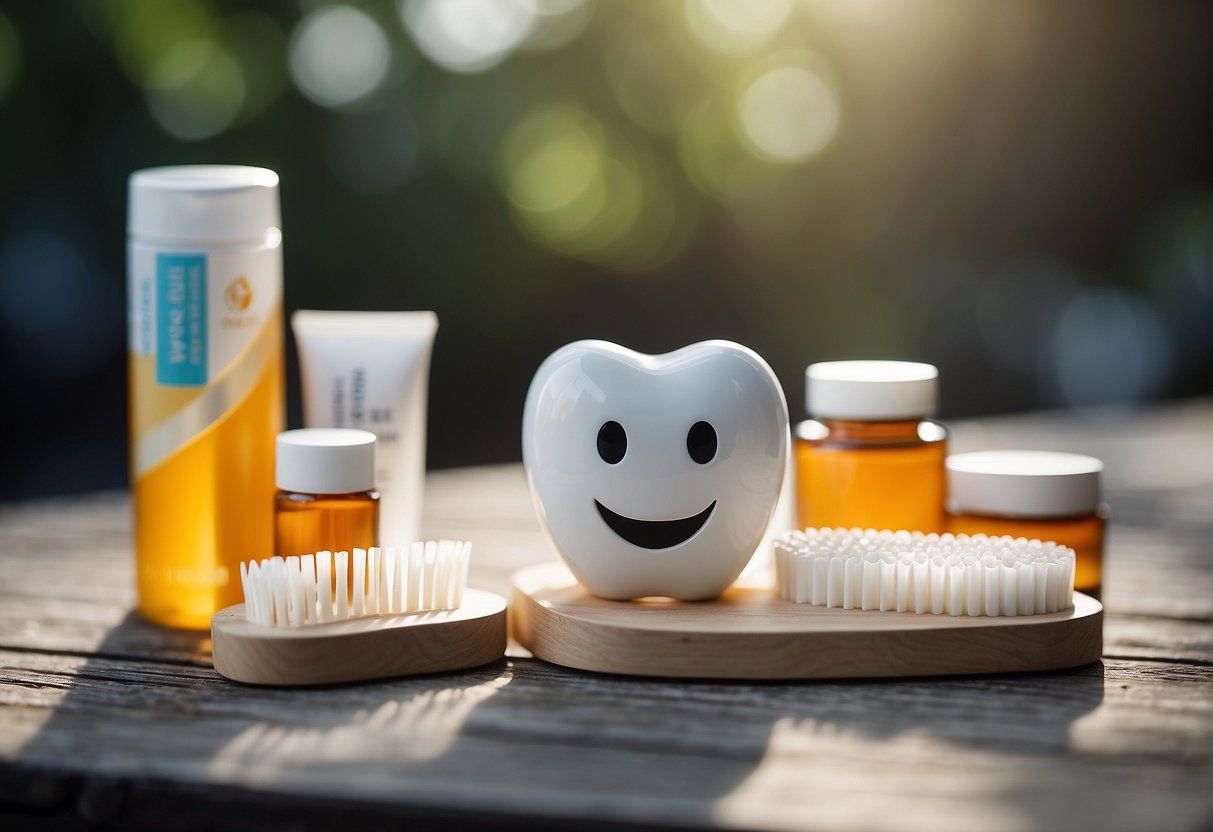
Teeth discoloration can detract from a bright smile and is often caused by a variety of factors, including dietary choices and lifestyle habits. A clear comprehension of these contributing factors is essential in taking proactive steps towards maintaining or achieving whiter teeth.
Causes of Teeth Stains
Teeth stains occur when substances penetrate the enamel, the hard, outermost layer of teeth, or build up on the surface. These stains can be intrinsic , originating inside the tooth, or extrinsic , occurring on the outer enamel. Intrinsic stains may develop due to medication, aging, or trauma, which affects the inner structure of the tooth, often leading to deeper discoloration. Extrinsic stains are usually due to:
- Food and Drink : Common culprits include coffee , tea , soda , and red wine . These beverages contain intense color pigments called chromogens that attach to the enamel.
- Bacterial Pigments : Certain bacteria in the mouth can produce pigments that adhere to the teeth, frequently resulting from inadequate dental hygiene.
- Tobacco Products : Both chewing and smoking tobacco can deposit stubborn stains on teeth, largely due to the presence of tar and nicotine.
Effects of Diet on Tooth Enamel
Diet plays a significant role in the health and appearance of tooth enamel. Acidic foods and drinks, such as citrus fruits and carbonated beverages, can erode enamel over time, making it easier for stains to take hold. In contrast, certain foods and drinks are particularly notorious for staining teeth, often because they contain elements that can bond to the enamel surface:
| Enamel-Staining Foods and Drinks | Staining Component |
|---|---|
| Coffee & Tea | Polyphenols |
| Soda | Chromogens, Acid |
| Red Wine | Tannins, Acid |
| Berries (e.g., blueberries, beets) | Natural pigments |
It is vital for individuals to be aware of their dietary habits and their impact on enamel to minimize discoloration.
Impact of Smoking and Tobacco
Regular exposure to smoking and tobacco products is one of the most harmful habits for tooth enamel. They not only cause surface stains but also can lead to deeper discoloration over time. Components such as tar and nicotine in cigarettes, and tobacco in chewing products, directly contribute to yellowing of the teeth, and may also promote the formation of plaque, which further contributes to staining. Skipping tobacco products can significantly reduce the risk of teeth stains and improve oral health.
Daily Oral Hygiene for Whiter Teeth
To attain a whiter smile, maintaining a comprehensive daily oral hygiene routine is crucial. This involves specific brushing techniques, the regular use of floss, and the application of mouthwash, each playing a vital role in the removal of plaque and prevention of gum disease.
Brushing Techniques
Proper brushing is fundamental for teeth whitening. One should use a soft-bristled toothbrush and a whitening toothpaste containing fluoride to strengthen tooth enamel. The American Dental Association recommends brushing for two minutes , twice daily . Use gentle, circular motions to remove plaque and avoid harsh scrubbing which can damage gums.
The Role of Flossing
Flossing is equally critical as it eliminates bacteria and plaque that a toothbrush cannot reach. This helps prevent gingivitis, a precursor to gum disease. To be effective, one must floss at least once a day , preferably before brushing to allow fluoride toothpaste to make better contact with the teeth after flossing.
Importance of Mouthwash
Mouthwash complements brushing and flossing by reaching areas of the mouth that are difficult to clean with a toothbrush. Using an antiseptic or fluoride mouthwash aids in reducing bacteria, strengthening teeth, and preventing gingivitis. A consultation with a dentist can recommend the best mouthwash to aid in achieving a brighter smile.
Teeth Whitening Products
Teeth whitening products are designed to remove surface stains and improve the overall brightness of teeth. They typically contain bleaching agents such as hydrogen peroxide or carbamide peroxide that help to lighten the color of the tooth enamel.
Whitening Toothpastes and Gels
Whitening toothpastes and gels contain mild abrasives like silica which help to remove surface stains on the teeth. Many of these toothpastes also contain small amounts of hydrogen peroxide or carbamide peroxide to enhance the whitening effect.
- Key ingredients in whitening toothpastes:
- Silica
- Hydrogen Peroxide
- Carbamide Peroxide
- Note: Regular use can gradually whiten teeth over time.
At-Home Whitening Kits
At-home whitening kits often include a higher concentration of whitening gels than what is found in toothpastes, making them a more powerful option for those looking to achieve a brighter smile. These kits can vary but typically come with trays that are filled with whitening gel and worn over the teeth for a specified period.
- Common types of at-home whitening kits:
- Custom-fit tray kits
- Pre-filled tray kits
- Main bleaching agents:
- Hydrogen Peroxide
- Carbamide Peroxide
Whitening Strips and Pens
Whitening strips are thin, flexible pieces of plastic coated in a whitening gel that adhere to the front surface of the teeth. They are an over-the-counter product that is left on the teeth for a set time to allow the hydrogen peroxide to work.
- Examples of whitening strips:
- Crest 3D White Whitestrips
Whitening pens contain a whitening gel and are designed for easy application directly to the teeth. They are a convenient option for targeted application and quick touch-ups.
- Key features of whitening pens:
- Precision application
- Convenience for on-the-go use
- Main ingredient:
- Hydrogen Peroxide or Carbamide Peroxide
Professional Dental Treatments
Professional dental treatments for a brighter smile involve the expertise of dentists and the use of advanced technology and materials. These methods ensure long-lasting and noticeable results.
In-Office Whitening Procedures
Dentists often offer professional teeth whitening services that outperform the results of at-home teeth whitening kits. The key aspect of in-office whitening procedures is the application of a high-concentration bleaching gel, which is activated by a special light, often a laser . This process not only enhances the effectiveness of the gel but also accelerates the whitening process. Treatments usually involve:
- Safety measures: Application of a protective barrier on gums
- Procedure: Careful application of bleaching gel
- Activation: Use of a laser or light to intensify results
- Duration: Multiple sessions of 30-60 minutes each
Patients typically see immediate improvements after one visit, although several sessions may be required for optimal results.
Dental Veneers and Bonding
Cosmetic dentistry has revolutionized smile enhancement with procedures like dental veneers and bonding . Veneers are thin, custom-made shells designed to cover the front surface of teeth, crafted from porcelain or composite resin. The process involves:
- Preparation: Removal of a small amount of tooth enamel
- Customization: Tailoring veneers to the specific color and shape required
- Adherence: Cementing veneers onto the teeth
Dental veneers are a long-term solution for achieving a uniform, whiter smile.
Dental bonding , on the other hand, is a more conservative method where a tooth-colored resin is applied and hardened with a special light, bonding the material to the tooth. This technique can be used to repair chips, cracks, and gaps, as well as:
- Reshaping: Altering the shape of teeth
- Color enhancement: Improving tooth color
Both veneers and bonding involve professional cleaning and preparation of the teeth before the procedure and provide durable and aesthetically pleasing results.
Lifestyle Adjustments for Pearly Whites
Achieving brighter teeth often involves changes in one’s daily routine, with particular emphasis on diet and smoking habits. These lifestyle adjustments promote not only pearly whites but also overall oral health.
Dietary Considerations
The relationship between diet and the whiteness of one’s teeth is direct and significant. Certain foods are known to cause discoloration and should be consumed judiciously:
- Staining Foods: Items such as coffee, tea, red wine, and dark sodas are notorious for causing teeth stains. Consider drinking these beverages through a straw to minimize contact with teeth.
- Fruit: While fruit is an essential part of a balanced diet, fruits like berries contain color pigments that can stain teeth. It’s advisable to rinse the mouth with water after consuming these fruits.
Limiting the consumption of acidic foods is also important. Acidic environments can weaken tooth enamel, making it more susceptible to stains. Instead, choosing a diet high in calcium and vitamin D can support healthy teeth.
Quitting Smoking
Smoking is detrimental to one’s oral health, with the chemicals in tobacco products causing significant tooth discoloration and other dental issues.
- Smoking cessation is strongly recommended for individuals aiming for brighter teeth.
- Over time, quitting smoking can help teeth regain their natural color, as the reduction of smoke exposure halts the buildup of stains.
Substituting smoking with healthier habits not only contributes to whiter teeth but also benefits overall health.
Long-Term Maintenance of a Bright Smile
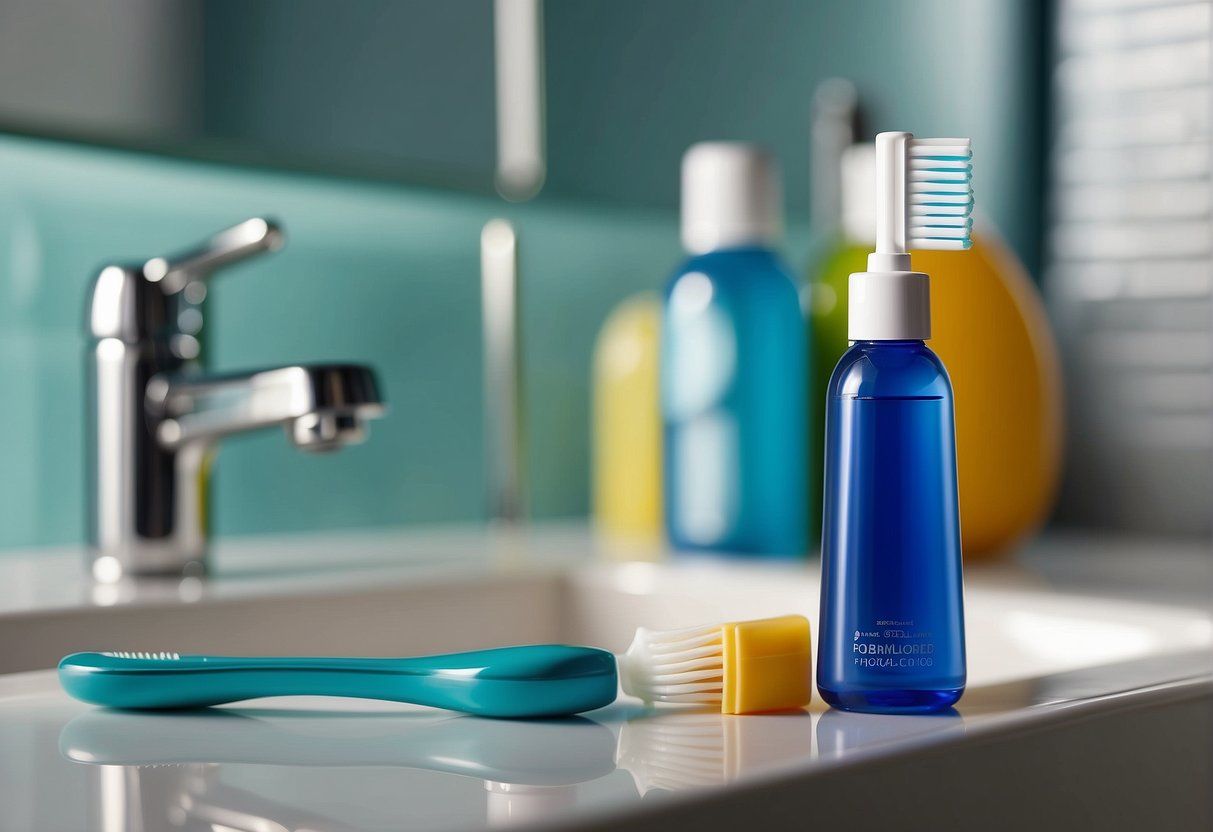
Maintaining a brighter smile is an ongoing process that integrates professional care with daily routines. Consistency in oral health practices ensures long-lasting results, keeping teeth radiant.
Regular Dental Visits
Routine Check-ups:
- Biannual Visits: The American Dental Association recommends visiting your dentist every six months for a thorough cleaning and examination.
- Preventive Care: Regular check-ups help in detecting any early signs of tooth decay, gum disease, and other oral health issues that can affect the brightness of one’s smile.
Professional Whitening:
- Expert Advice: Dentists can provide personalized whitening treatment plans tailored to individual needs.
- Safe Procedures: Professional treatments are safer and often more effective than over-the-counter options.
Consistent Whitening Practices
At-Home Maintenance:
- Daily Routine: Incorporate teeth whitening products, like whitening strips, into your daily oral care regimen.
- Appropriate Tools: Use an electric toothbrush for efficient plaque removal and to avoid staining.
Whitening Products:
- ADA Approval: Opt for at-home teeth whitening products that have earned the American Dental Association’s Seal of Acceptance.
- Regular Use: Consistent use of these products is key for maintaining a radiant smile and preventing teeth from becoming stained or discolored again.
Alternative Teeth Whitening Methods
In pursuit of a brighter smile, individuals have at their disposal a variety of alternative teeth whitening methods. These techniques often utilize natural ingredients and can be easily incorporated into daily dental care routines.
Natural Remedies
Natural remedies can be effective for teeth whitening and are readily available. Baking soda has mild abrasive properties that can help remove stains from the surface of the teeth. It can be used by mixing with water to create a paste and brushing gently.
Apple cider vinegar also serves as a natural whitening agent due to its acetic acid content, which has the potential to break down plaque and stains. However, it is critical to dilute it with water and use sparingly to avoid enamel erosion.
Strawberries contain malic acid and can be mashed and mixed with baking soda for a natural whitening treatment. The user should limit this to a few times per week to protect tooth enamel.
Oil Pulling
Oil pulling is an ancient practice thought to improve oral hygiene and remove toxins from the body.
Coconut oil is typically used for this method due to its high lauric acid content, which is known for its anti-inflammatory and antimicrobial properties. The individual swishes a tablespoon of oil in their mouth for 15-20 minutes before spitting it out. This should be done prior to brushing the teeth.
Understanding Risks and Precautions

Before embarking on the journey to a brighter smile, it is crucial to consider potential risks to one’s oral health. Teeth whitening, while effective, may not be suitable for everyone and could have unintended consequences if not approached carefully.
Sensitivity and Gum Irritation
Teeth whitening can lead to increased sensitivity and gum irritation . This is particularly true for individuals with weakened enamel or pre-existing dental conditions. Over-the-counter products and professional treatments may cause these symptoms:
- Teeth Sensitivity: Stinging or throbbing pain in the teeth, especially when exposed to hot, cold, sweet, or acidic foods and drinks.
- Gum Irritation: Redness, tenderness, or swelling of the gum tissue adjacent to the teeth being whitened.
To mitigate these issues, one may opt for products with lower concentrations of whitening agents or use a desensitizing toothpaste prior to and following whitening treatments.
Contraindications for Whitening
Teeth whitening is not recommended for everyone. Here are some specific contraindications:
- Dental Restorations: Whitening procedures do not affect the color of crowns or fillings , leading to uneven shades.
- Tooth Decay and Cavities: Individuals with tooth decay or cavities should avoid teeth whitening as it can exacerbate the condition.
- Aging and Oral Health: As one ages, enamel naturally wears down, which can increase the risk of damage from whitening agents.
- Pregnancy: It is advisable for pregnant women to postpone teeth whitening until after childbirth.
Before choosing to whiten one’s teeth, they should consult with a dental professional, particularly if they have any known risks or pre-existing dental issues.
Innovations in Teeth Whitening
The field of cosmetic dentistry is evolving rapidly, with a focus on developing technologies and methods that offer more convenience and efficacy in teeth whitening.
New Whitening Technologies
Modern teeth whitening has embraced the use of blue light technology in conjunction with whitening agents to enhance results. Blue light toothbrushes merge daily oral care with whitening capabilities, projecting a specific light wavelength that accelerates the whitening process by interacting with the formula in the applied gel or paste.
- Blue light toothbrush
examples include:
- Model A: Integrated with blue LED light
- Model B: Features multiple light settings for sensitive teeth
Another breakthrough in this area is the formulation of antibacterial mouthwashes that not only support oral hygiene but also contain ingredients that contribute to teeth whitening.
Advancements in Teeth Whitening Methods
The convenience of teeth whitening has been significantly improved with the introduction of whitening strips and at-home whitening kits, which users can apply without professional assistance. These methods have been refined to increase their effectiveness while reducing potential sensitivity:
- Whitening Strips & At-home Kits
:
- Pre-treated strips with varying strength levels
- Customizable LED light trays for at-home use
- Kits equipped with professional-grade whitening agents
These advancements reflect a trend toward convenient teeth whitening solutions that can be seamlessly integrated into individuals’ daily routines.
The Role of Dental Cosmetics
Dental cosmetics offer various procedures that can significantly enhance the appearance of a person’s teeth, contributing to a brighter and more confident smile.
Veneers and Other Cosmetic Options
Veneers are thin shells custom-designed to cover the front surface of teeth. Made from porcelain or resin composite materials, veneers provide a natural tooth appearance by masking discolorations, repairing chips, or closing gaps. Besides veneers, cosmetic dentistry includes options like bonding where resin is shaped and polished to match adjacent teeth, and crowns that completely cap or encircle a tooth.
- Veneers
- Porcelain or resin
- Mask discolorations, chips
- Bonding
- Resin application
- Shape and polish
- Crowns
- Encircle damaged tooth
- Protect and restore
The Impact of Cosmetic Dentistry on Smile Aesthetics
Cosmetic dentistry’s primary goal is to improve dental appearance and consequently enhance one’s smile. Teeth whitening treatments have a direct influence on smile aesthetics. They range from professional bleaching procedures to over-the-counter teeth whitening strips , which are applied to the enamel to reduce staining. The underlying layer of the tooth, dentin , can also be affected by the whitening agents, contributing to a brighter smile. Proper dental care following these treatments is crucial for maintaining long-term results.
- Whitening Treatments : Bleaching or strips reduce stains on enamel and affect dentin.
- Dental Care Post-Treatment : Prolong effects, maintain dental health.
Factors Influencing Whitening Effectiveness
The success of a whitening treatment is not guaranteed equally for everyone due to various influencing factors related to individual teeth composition and the products used.
Individual Variability and Teeth Composition
Individuals possess distinct teeth composition, which can affect the efficacy of the whitening process. The natural color of one’s teeth is determined by the underlying dentin, which varies from person to person. Thickness and enamel porosity also play significant roles; thicker enamel and more porous surfaces typically respond better to whitening. Genetic factors cannot be overlooked—they set a limit on the potential whiteness achievable for each individual.
Product Choice and Concentration Levels
The selection of a whitening product and its active bleaching agents is crucial. Products with hydrogen peroxide or carbamide peroxide are standard; however, their effectiveness is tied to the concentration level of the active ingredient. Higher concentrations can produce more rapid results, but may also lead to increased tooth sensitivity or gum irritation. It is essential to follow manufacturer guidelines to balance efficacy with safety. Users should consider professional recommendations to align their product choice with their desired whitening outcomes and oral health conditions.
Comparing At-Home and Professional Whitening
When considering teeth whitening options, individuals must weigh the efficacy, safety, cost, and convenience of at-home versus professional treatments.
Efficacy and Safety Considerations
At-home teeth whitening products, such as take-home kits , generally contain lower concentrations of whitening agents like hydrogen peroxide or carbamide peroxide compared to professional treatments. This means that while at-home solutions may be safer for unsupervised use, they typically require a longer timeframe to achieve noticeable results.
Professional teeth whitening, performed by a dentist, uses higher concentrations of whitening agents. This leads to faster and more pronounced outcomes. However, the increased potency comes with a heightened risk of tooth sensitivity and gum irritation, necessitating professional oversight to ensure safety.
Cost and Convenience Factors
Regarding cost, at-home teeth whitening kits are less expensive than in-office procedures. The average price of take-home kits ranges from $20 to $100, while professional whitening can cost between $300 and $800. For individuals concerned with budget, at-home whitening provides a more cost-effective solution.
In terms of convenience, at-home treatments offer the flexibility to whiten teeth on one’s schedule, without the need to schedule appointments. Professional treatments, however, usually require one or more visits to the dentist’s office. While this may be less convenient, the advantage lies in the swift, expertly administered results.
Maximizing the Effects of Teeth Whitening
To maintain a bright smile after teeth whitening, one must adhere to proper aftercare and avoid substances that can cause staining. Sticking to a stringent routine amplifies the longevity and success of whitening treatments.
Follow-up Care and Routine
After receiving a teeth whitening treatment, it’s crucial for individuals to establish a daily routine that supports oral hygiene. Brushing twice a day with a fluoride toothpaste, flossing regularly, and using an antiseptic mouthwash can help sustain the results. For enhanced care, the following practices should be included:
- Brushing: Use a soft-bristled brush and gentle motions to prevent enamel damage.
- Flossing: Daily flossing removes plaque and particles that can lead to discoloration.
- Regular Dental Visits: Routine check-ups and cleanings are vital in removing tartar that can contribute to yellowing.
Avoidance of Staining Substances
Certain foods and beverages are notorious for staining teeth. To avoid diminishing the effects of teeth whitening, one should minimize intake or consumption of the following:
- Beverages: Coffee, tea, and dark sodas contain tannins that can cause staining.
- Foods: Dark berries, sauces, and heavily pigmented foods should be consumed sparingly.
- Lifestyle Choices: Tobacco use significantly affects tooth color.
Aging is a natural process that can affect the brightness of one’s smile, making adherence to these guidelines even more important as one grows older.
The Science Behind Teeth Whitening
To achieve a brighter smile, teeth whitening treatments utilize active ingredients that effectively break down stains. These procedures are grounded in scientific principles and the chemical reactions they invoke.
Chemical Properties of Whitening Agents
Teeth whitening agents primarily contain either hydrogen peroxide or carbamide peroxide. The core difference is that carbamide peroxide breaks down into hydrogen peroxide and urea, with about a third of its content being hydrogen peroxide. It acts slower and is often used in at-home whitening products. On the other hand, hydrogen peroxide is more potent and acts rapidly, preferred in professional settings.
| Common Whitening Agents | Concentration Usage | Time to Act |
|---|---|---|
| Hydrogen Peroxide | 3% – 40% | Minutes to an hour |
| Carbamide Peroxide | 10% – 44% | Several hours |
Mechanism of Action
These whitening agents work by undergoing a chemical reaction that penetrates the porous outer layer of the tooth enamel. They target the discolored molecules within the tooth, breaking the bonds that hold the stains together. As the light hits the teeth post-treatment, they reflect back a brighter color because the chromophores – the components of molecules responsible for color – have been altered. This process may involve several applications depending on the degree of whitening desired and the type of staining present.
Frequently Asked Questions
This section answers common questions about enhancing dental health and aesthetics, focusing on natural methods, non-surgical techniques, celebrity practices, cosmetic dentistry benefits, daily habits, and natural remedies for maintaining a bright smile.
What are some natural methods to improve teeth whiteness?
Natural methods to improve teeth whiteness include brushing with baking soda, eating crunchy fruits and vegetables that promote saliva production, and using hydrogen peroxide as a mouth rinse. They’re gentle ways to help reduce surface stains over time.
What techniques can I use to enhance the shape of my smile without surgery?
Non-surgical techniques to enhance the shape of a smile include dental contouring, which reshapes tooth enamel, and the use of clear aligners to adjust tooth positioning. These methods are non-invasive and can significantly impact the smile’s appearance.
What dental practices do celebrities use to achieve perfect teeth?
Celebrities often use a combination of professional teeth whitening, veneers, and routine dental maintenance to achieve their flawless smiles. Regular visits to a dental professional ensure personalized care tailored to maintain teeth aesthetics.
How can cosmetic dentistry benefit the appearance of my smile?
Cosmetic dentistry can benefit the appearance of a smile by correcting imperfections such as discoloration, chips, gaps, and misalignment. Procedures like bonding, crowns, veneers, and teeth whitening can create a symmetrical, bright smile.
What daily habits contribute to a more attractive smile?
Daily habits that contribute to a more attractive smile include thorough brushing and flossing, using a mouthwash, avoiding teeth-staining substances like tobacco and certain beverages, and attending regular dental check-ups.
How can I maintain a bright smile through natural remedies?
Maintaining a bright smile through natural remedies involves incorporating foods that naturally clean and whiten teeth, such as strawberries and apples, practicing good oral hygiene, and avoiding foods and drinks that stain teeth.…
